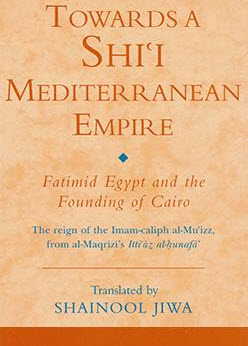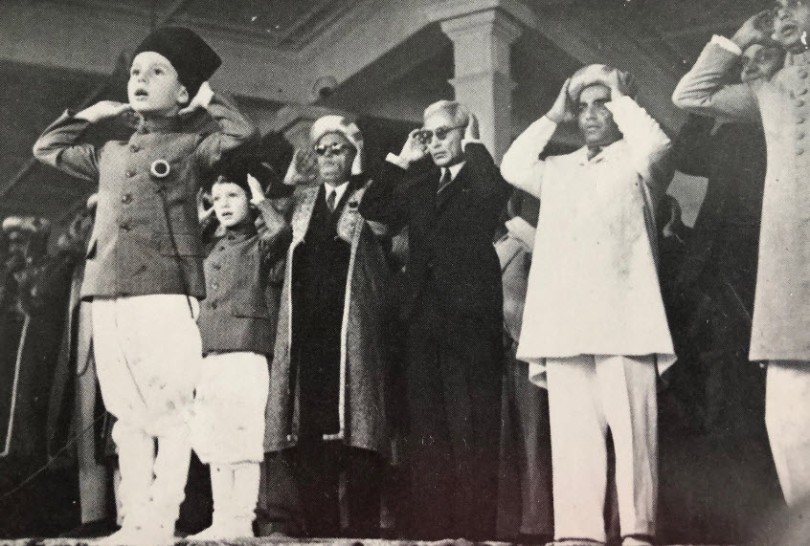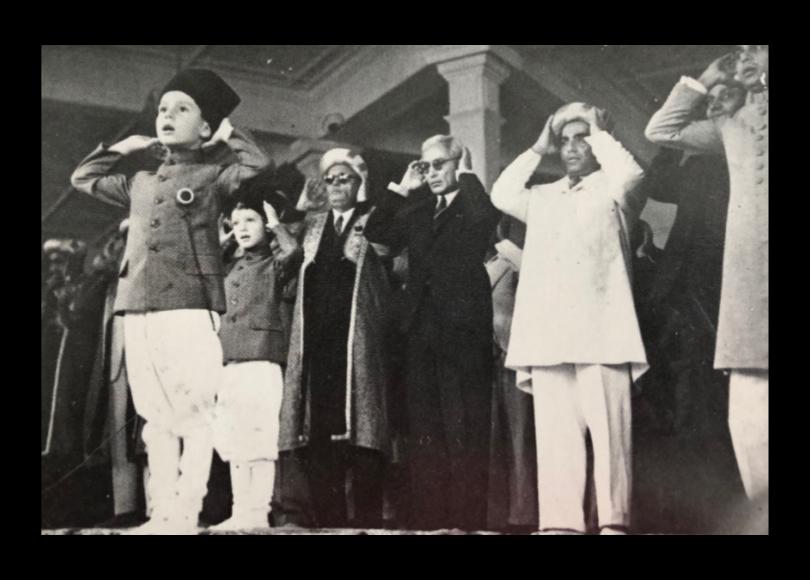Named after the Prophet’s daughter, the Fatimids, Mawlana Hazar Imam’s ancestors, established their empire in 909 in North Africa when Imam al-Mahdi was proclaimed Caliph. The Fatimid Caliphate remained in North Africa during the reign of Imams al-Mahdi (r. 909-934), al-Qa‘im (r. 934-946), and al-Mansur (r. 946-953). Imam al-Mu’izz (r. 953-975) founded the city of Cairo which subsequently became the capital of the empire.
The prolific Sunni, Egyptian scholar of the Mamluk period (1250-1517), Al-Maqrizi (d. 1442), wrote the most comprehensive account of the Fatimid era (909-1171), recording a number of official documents, letters, and sermons of the Fatimids in their entirety, making his works the only surviving source for this material. He wrote about Egyptian political history, topography, and economics, maintaining a distinctive interest in the Fatimids, perhaps due to the way they had reversed Egypt’s chronic political and economic decline.
Al-Maqrizi referenced a wide range of materials then available to him, many of which have not survived, including the works of historian Ibn Zulaq (d. 996), a Shafi’i scholar with Shi’i learnings, who wrote biographies of Imams al-Mu’izz and al-Aziz, and the Fatimid General, Jawhar. His Itti‘az al-hunafa’ bi-akhbar al a’imma al-Fatimiyyin al-khulafa’ (Lessons for the Seekers of Truth in the History of the Fatimid Imams and Caliphs) focuses principally on the Fatimid age, and so it is a particularly valuable historical source on this dynasty.
A section of al-Maqrizi’s Ittiaz has been translated by Dr Shainool Jiwa, titled Towards a Shi’i Mediterranean Empire.

In his Ittiaz, al-Maqrizi, quoting Ibn Zulaq, accounts Imam al-Mu’izz reciting the prayer on the day of Id al-Fitr 362 AH/973 CE:
“On the day of ‘Id al-Fitr, al-Mu’izz rode out for the ‘id prayer to the musalla1 of Cairo that Jawhar had built…. Al-Mu’izz had arrived in regal attire, with his banners and litters. He led the complete, long id prayer… Ibn Zulaq said:
In every rak’a and prostration, I recited the tasbih after him [al-Mu’izz] more than thirty times. [In his Da’a’im… al-Qadi al-Nu’man quotes the Shi’i Imam Ja’far al-Sadiq that the tasbih be recited thirty-three times].2 Al-Qadi al-Nu’man b. Muhammad relayed the takbir after him. In the second rak’a, he recited Surat al-Fatiha and then Surat al-Duha [Suras 1 and 93]. After the recitation, he pronounced the takbir. This was the prayer of his forefather Ali b. Abi Talib. He remained in the position of the second bow and prostration for a long time. After every bow and prostration, I recited the tasbih more than thirty times after him….
When he had completed the prayer, he ascended the minbar (pulpit) and offered salutations to the people to the right and the left. Then he unfurled the two banners that had been placed on the minbar. He delivered the sermon with the banners hoisted in front of him. A heavy brocade cushion had been placed on the highest step of the minbar. He sat on it [during the time] between the two parts of the sermon. He commenced his sermon with ‘In the name of God, the most Gracious, the most Merciful’…
He began by pronouncing, ‘God is Great, God is Great’ and delivered the sermon with such eloquence that it brought tears to people’s eyes. The sermon was delivered with humility and submission” (Towards a Shi’i Mediterranean Empire p107-108).

Source: Towards a Shi’i Mediterranean Empire translated by Shainool Jiwa, I.B. Tauris in associated with The Institute of Ismaili Studies
1The musalla was built in Cairo by Jawhar in 358/969 and later renovated by [Imam] al-Aziz. It had a great dome beneath which stood a pulpit and was used specifically for the id prayers (Towards a Shi’i Mediterranean Empire p 107, n. 303)
2 Ibid. p 107, n. 305
